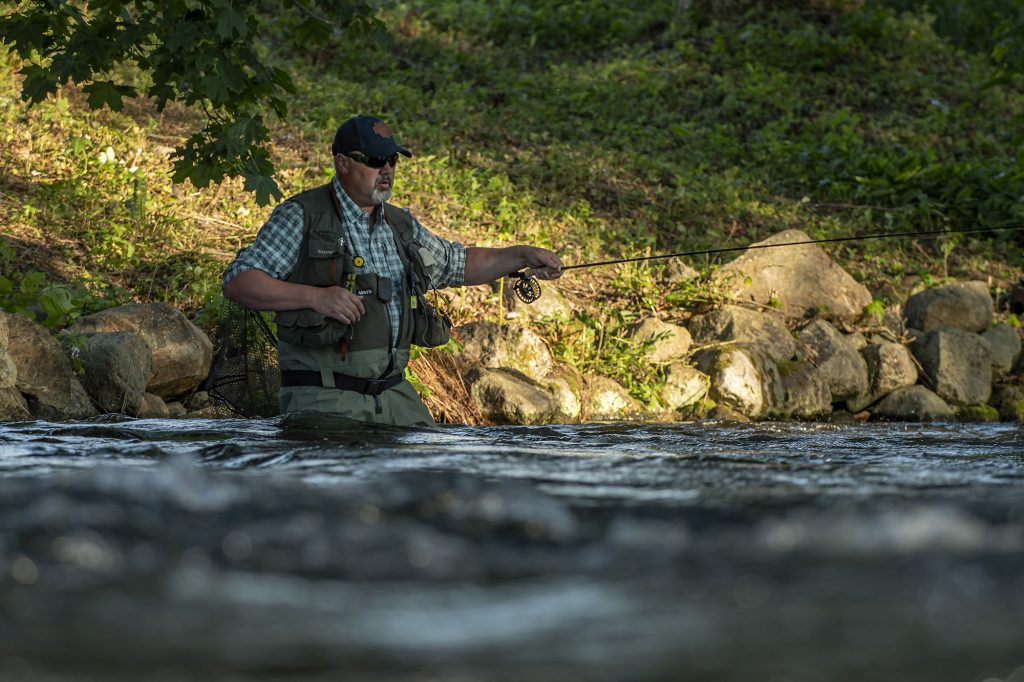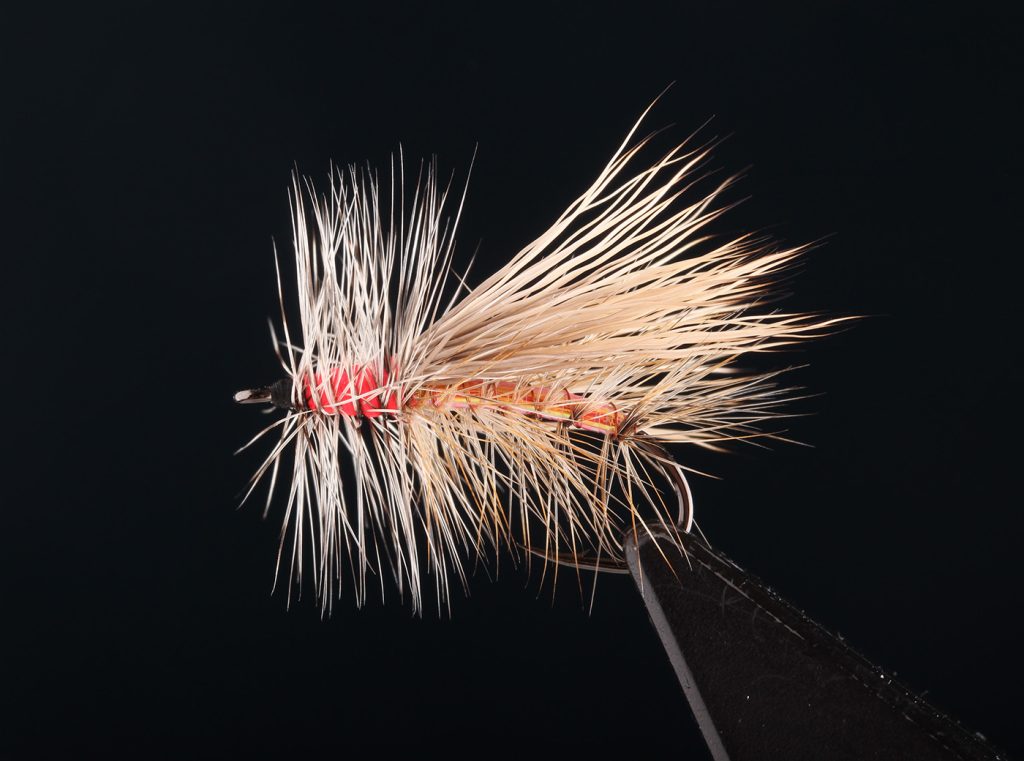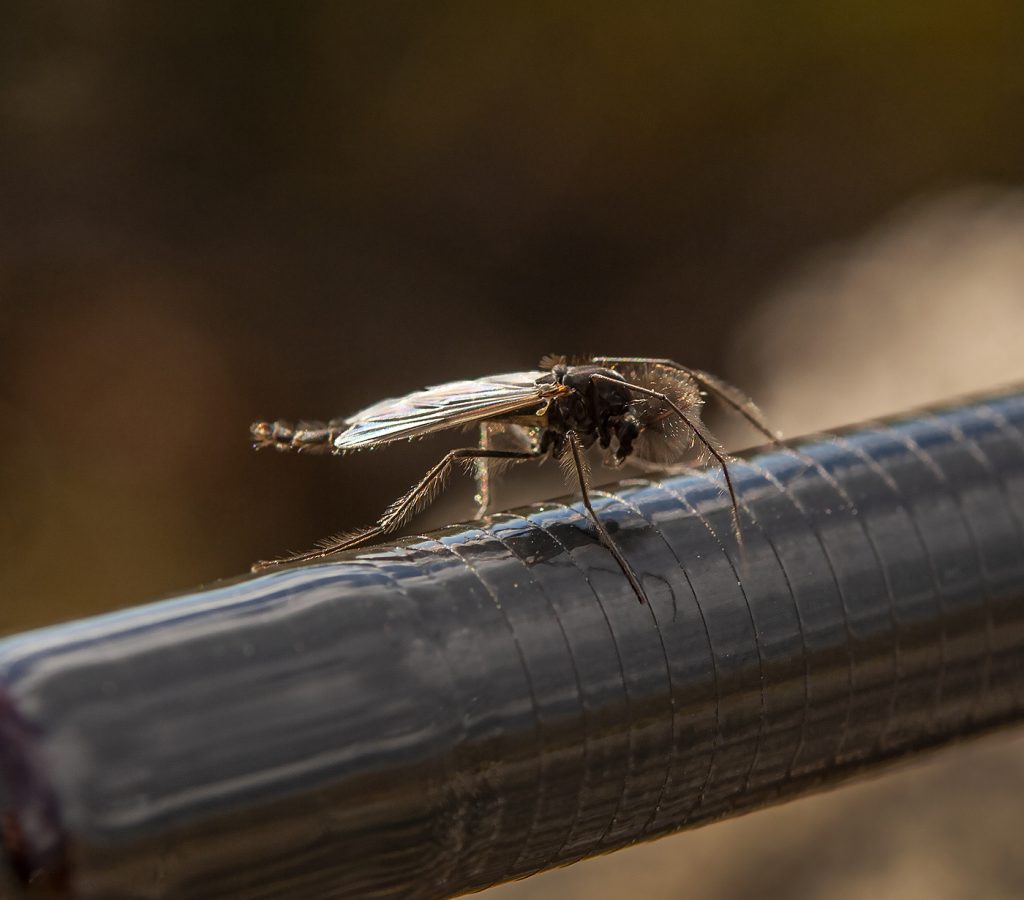
Stoneflies are truly fascinating insects. The fully developed form as we know it today is up to 250 million years old. They are widely distributed and unless you’re fishing on Antartica, it’s likely that there are stoneflies in a river near you. There are over 3000 species registered across globe and they come on all sizes. Some of them are huge, some are very small. If you happen to be an insect nerd and enjoy chasing small critters and can’t wait for the season to get started, there’s actually a lovely small stonefly, Capnia bifrons, that hatches while there’s still snow on the banks.










